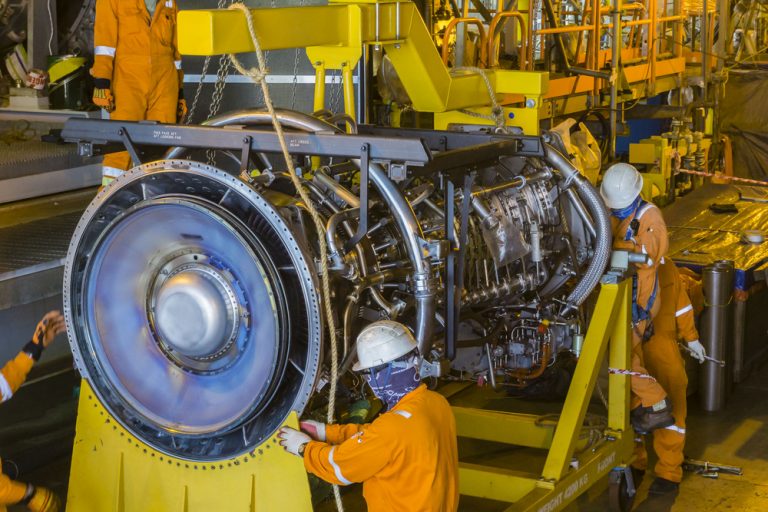Job Analyses are used within the California Workers’ Compensation System for a variety of reasons. Job Analyses can be used to determine industrial causation. Job Analyses can be used to determine Qualified Injured Worker status. Qualified Injured Worker status relates to whether the Injured Worker is able to return to their usual and customary occupation.
Within Workers’ Compensation, Treating and Evaluating Physicians are requested to provide work restrictions or limitations as part of their workers’ compensation reporting. These work restrictions or limitations are often compared to the Injured Worker’s Job Analysis to see if the worker is able to return to their usual and customary employment.
In most circumstances, it will be the Evaluating and/or Treating Physician who will be making the judgment call as to whether the Injured Worker can return to their usual job. They will look at the work restrictions or limitations and compare them to the job duties. They will then, within the body of their reporting, indicate whether the Injured Worker can or cannot return to their job. This is usually under the caption “Qualified Injured Worker.”

What is a Job Analysis?
A Job Analysis is a description of the activities that are performed by an Injured Worker.
Who Prepares a Job Analysis?
A Job Analysis is not something that is restricted to any particular specialist to generate. Some Job Analyses are generated in house by the Company’s Human Resources Department. Some Job Analyses are simply a Job Description that also has been prepared by the Company’s Human Resources Department. Sometimes, Injured Workers are requested to generate their own Job Analysis. The State of California also has a form entitled a Description of Employee’s Job Duties, DWC AD i0133.33. which has been used as a Job Analysis. This form is intended to be developed jointly by the parties and is intended to describe the employee’s job duties. Any person familiar with the particular job can fill it out this form. Last, but most important, there are Vocational Rehabilitation Counselors who also are used to prepare Job Analyses.
Vocational Rehabilitation Counselors are also skilled at assisting Injured Workers with a return to work issues, job retraining and assessment of the Injured Worker’s ability to return to the open labor market.
Are there differences in Job Analyses?
Yes. Some are more detailed than others. There are multiple factors which relate to this. Some differences relate to the time and effort used to generate the Job Analysis. Further, the expertise of the individual preparing can make a difference. Further, the nature of the formatting and the questions asked within the formatting can make a difference in the quality.
Can Job Analysis be controversial?
Yes. Sometimes there are actual disputes as to what the Injured Worker actually did on the job. Sometimes, there are functions listed within the Job Analysis which the Injured Worker never performs. Sometimes, an Injured Worker performs duties beyond what is listed in the Job Analysis. In some circumstances, there could be a Trial before a workers’ compensation Judge on these issues.
Who Reviews the Job Analysis?
Within workers’ compensation, the Job Analysis can be reviewed by multiple parties. Most importantly, treating and evaluating physician review the Job Analysis. Also, employers and carriers will review the Job Analysis as well.
What Types of Activities are Listed?
The types of activity can include physical activities and mental activities.
How are Activities Characterized?
Activities are generally categorized by frequency. These can include descriptions such as never, infrequent, occasional, frequent, and continuous. Also, activities can be provided a minimum or maximum. For example, there might be a requirement to lift a minimum of 20 pounds and lift up to a maximum of 50 pounds. Usually, frequency is further refined within the Job Analysis as to what the words mean.
What Type of Physical Activities can be listed in the Analysis?
Physical Activities on a Job Analysis addresses all orthopedic body parts. The orthopedic body parts include:
- the spine
- neck
- mid-back
- low-back
- upper extremities
- lower extremities
The physical activities listed within the Job Analysis can include limitation for the spine as far as Lifting, Carrying, Pushing and Pulling. It can include limitation with respect to lower extremities including:
- weight-bearing activities such as standing
- walking
- walking on uneven terrain
- running
- jumping
- climbing
- balancing
- bending
- twisting at the waist
- stooping
- squatting
It can also include seat and non-weight bearing activities such as:
- sitting
- driving
- kneeling
- crawling
- laying down
It can include upper extremity related activities such as:
- pushing
- pulling
- reaching above shoulder level
- reaching shoulder level
- reaching below shoulder level
- steering
For the neck, there are work activities of:
- extension of the neck
- looking upward
- flexion of the neck
- looking downward
- twisting of the neck, side to side
Further upper extremity related activities can include:
- fine manipulation
- keyboarding/typing
- simple grasp
- up and down flexion of the wrist
- side to side motion of the wrist
- turning/rotation of wrist or hand
- gross manipulation
- powerful grasp/tight grasp
In addition, it can include activities including lifting and carrying.
Why Other Types of Items are Listed in a Job Analysis?
Other features within a Job Analysis can include equipment and machinery operated. This can include small items such as small power tools to larger equipment such as a forklift.
What are Work Environment, Situations, and Exposures that are listed in a Job Analysis?
In a comprehensive Job Analysis, it will include work environments, situations, and exposures. It can include the requirements of the job to work indoors and outdoors. It can include exposures such as contact with customers, end users, and the general public.
Exposures can also include such items as:
- smells and scents
- traffic
- extreme changes in temperature, humidity, and moisture.
- exposure to fumes and smoke
- exposure to excessive noise
- working at heights
- lighting
- working with biohazards
- exposure to dust, wind and/or pollen
- exposure to toxic substances
- electrical hazards
- explosive hazards
- working in confined spaces
- mechanical hazards
- working near or with heavy machinery
What are Sensory Demands in a Job Analysis?
Sensory Demands include smell, sight, hearing, and speaking.
What are Other Skills Listed in a Job Analysis?
These skills can include reading, writing, and math. Also, there can be educational, training, experience, or knowledge of a certain field. This can include such items as a nursing degree or training on a particular equipment or software program.
What are other Requirements that can be Listed in a Job Analysis?
Requirements in a Job Analysis can include the ability to perform a particular task, special conditions, licenses, and certifications. This can include items such as having a commercial drivers’ license.
Can Supervision be included within a Job Analysis?
Yes. The nature of the supervision can also be included within a Job Analysis. Some jobs involve working with different levels and types of supervision.
Can there be Mental Work Functions within a Job Analysis?
Yes. Mental Work functions include the ability to understand and follow directions, memory, regular and reliable attendance, problem-solving, ability to perform complex and varied tasks, ability to develop and maintain positive work relationships, and abilities to supervise, lead and influence others.
Are there any Other items that May be Provided for in a Job Analysis?
These other items in a Job Analysis can include the type of employment, the operating hours, the days of the week worked, the requirement for overtime, the requirement to work holidays, the requirement of paid and unpaid breaks. Also, work pace and pressure of the job may be included.
What if I need advice?
If you would like a free consultation regarding your workers’ compensation claim, please contact the Law Offices of Edward J. Singer, a Professional Law Corporation. They have been helping people in Central and Southern California deal with their worker’s compensation cases for 26 years. Contact us today for more information.



